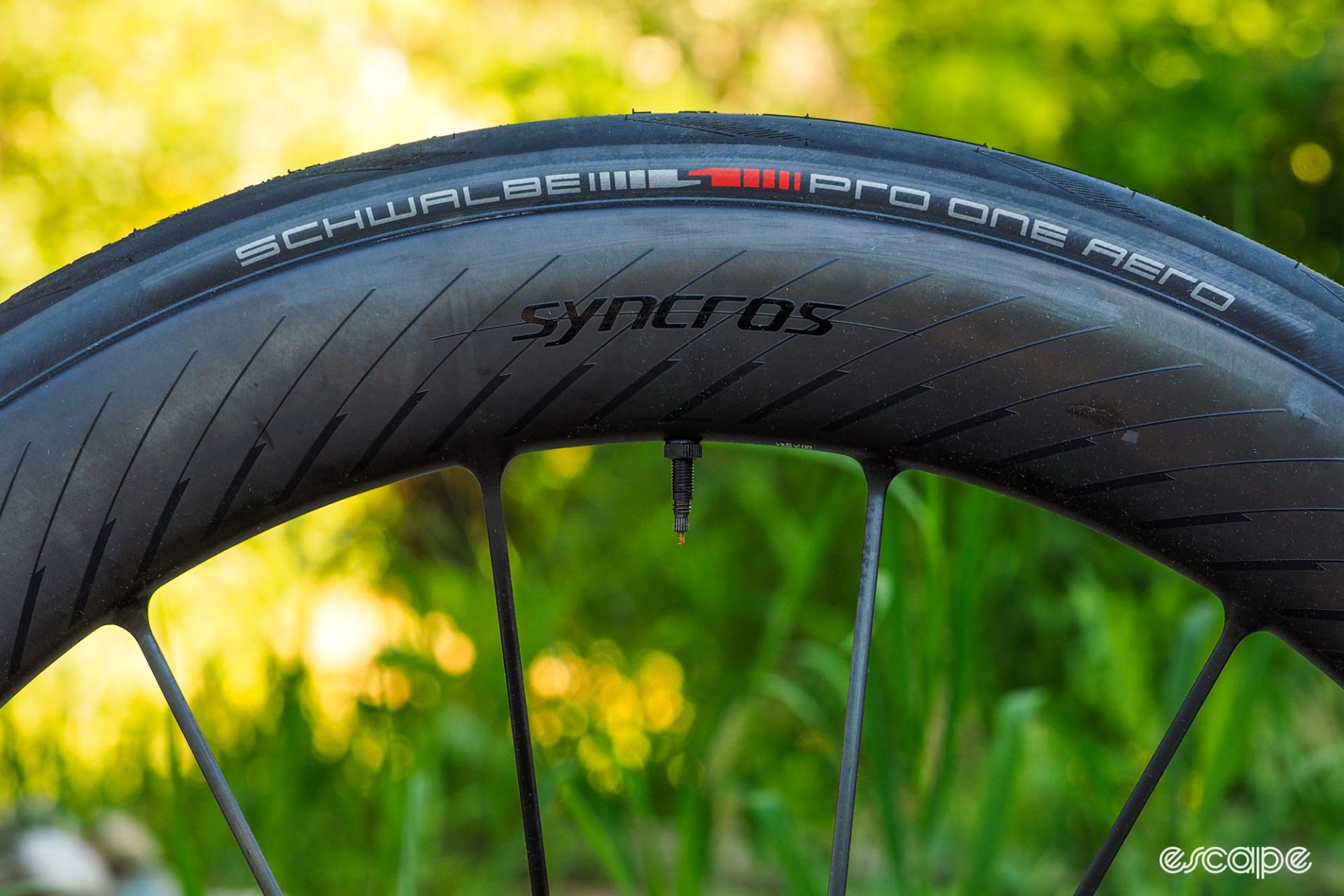When it comes to high-end road wheels, you’ve historically had to make a choice. You can have something that is super aerodynamic, but not terribly lightweight, or you can have something super lightweight, but not particularly aero. Alternatively, there’s always the middle ground that seeks to balance aspects of both, but is still some sort of compromise. And while there have certainly been attempts at ultra-high-end wheels that combine both aerodynamic performance and ultra-low weight, how well those options achieved that goal is debatable.
Syncros’s new Capital SL Aero wheels, however, sure seem to have found that magic formula.
The aggressive 60 mm-deep rims efficiently slice through the air with a modern shape that’s still manageable in crosswinds, and yet they’re also remarkably light at just 1,307 g per set (actual weight!) thanks to cutting-edge one-piece carbon fiber construction. The tubeless and hookless rims also sport generous 23/25 mm front/rear internal widths, they’re impressively stiff, and unlike some other ultralight wheels out there, Syncros is so confident in the Capital SL Aero’s strength that they’re approved for rider-plus-bike weights up to 120 kg (265 lb).

And yes, of course they’re expensive. But when you actually look at competing products, the US$4,200 / AU$7,000 / £4,200 / €4,200 asking price starts to look like a pretty good deal.
Sounds crazy, no? Sure does, but then again, these wheels are also insanely good.
Lessons learned
Despite the high-tech appearance, the Capital SL Aero isn’t Syncros’s first stab at a one-piece molded carbon fiber wheelset. In fact, the company introduced its Silverton SL mountain bike wheels with similar construction technology more than five years ago (and I know of at least one Taiwanese company that has been making wheels in somewhat similar fashion for over a decade). Having ridden those Silverton SLs myself, I can confirm they feel every bit like the sub-1,300 g wheels they are, and they’re ludicrously responsive. But aerodynamics wasn’t a concern there, and I’d argue they’re probably too stiff for many riders.
For the Capital SL Aero, Syncros went for a more balanced approach, and given the more complex set of target parameters, it’s perhaps understandable why it took so long to bring the concept to the road.

Aerodynamic performance took a front seat here, and there are some big claims being made.
Not surprisingly, a major goal for the Capital SL Aero was to offer outstanding efficiency at higher speeds, but without the stalling that can occur at higher yaw angles (which also often corresponds with unwieldy handling in blustery conditions). After a whole bunch of computer simulations and physical wind tunnel testing for various shapes, Syncros settled on a 60 mm-deep profile with a relatively blunted nose and generous 32/33 mm front/rear maximum width that the company says performs nearly as well as a trailing edge as it does as a leading one.
The carbon fiber spokes – just 16 per wheel – sport an exaggerated bladed shape, and the hub shells are intentionally small in diameter. The front hub flanges are even spaced closer together than usual so as to reduce the total frontal area.
I know: a lot of this sounds pretty familiar.
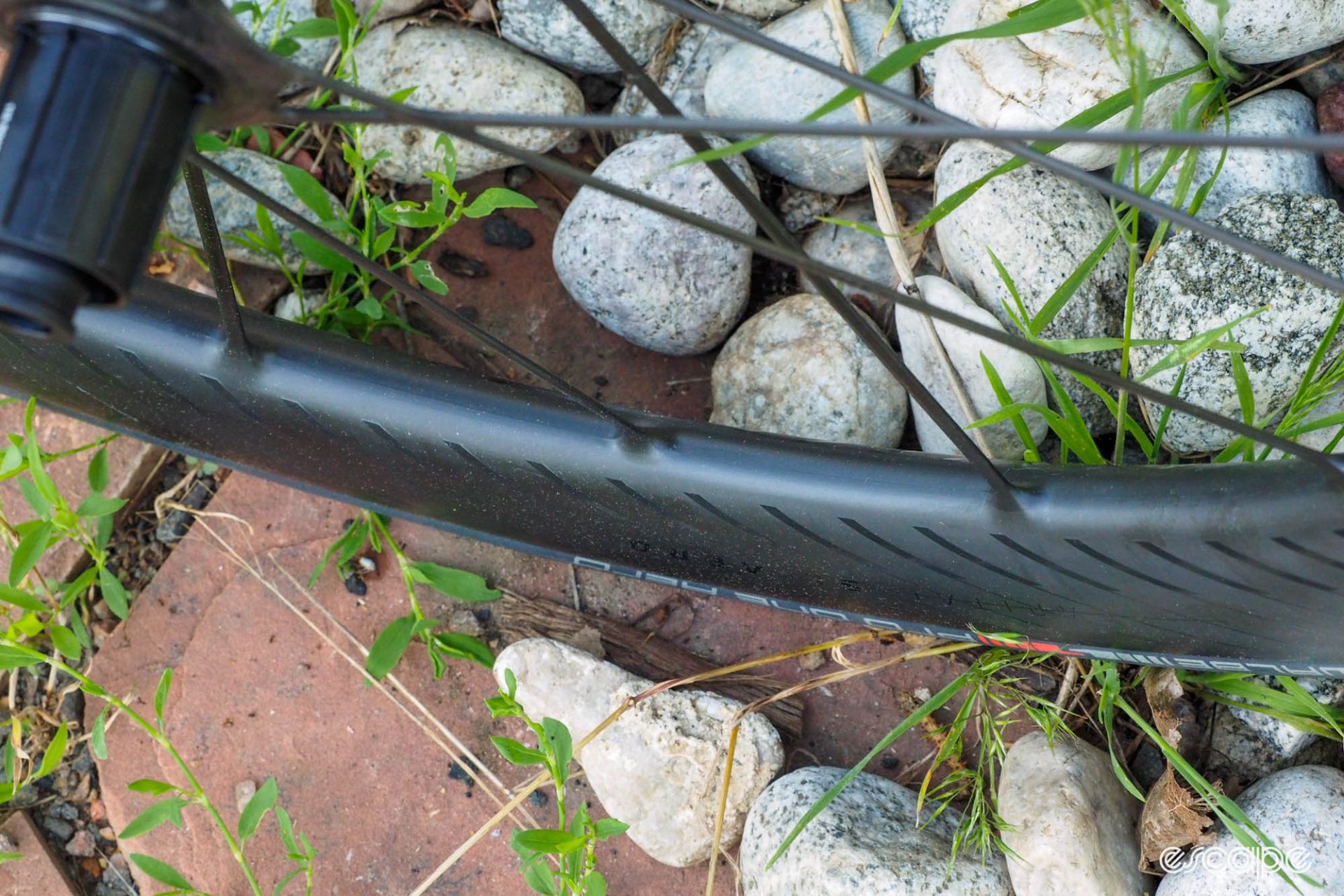
However, Syncros’s development engineers would like to remind folks that aero wheels not only have to account for how efficient they are when moving across the ground (translational drag) but also how much the wheel generates on its own just by spinning (rotational drag). Wind tunnel fixtures that spin the wheel during testing can simultaneously measure for both, but Syncros designed its own setup with a separate load cell inside the drive motor so those aspects could be studied separately.
According to Syncros, that rotational drag can account for 25-30% of the total, and by separating those two aspects into measurable figures, the company was supposedly able to tune for both.
Do other companies already do this? Perhaps, and maybe Syncros is just the first brand I can think of that has called attention to it.
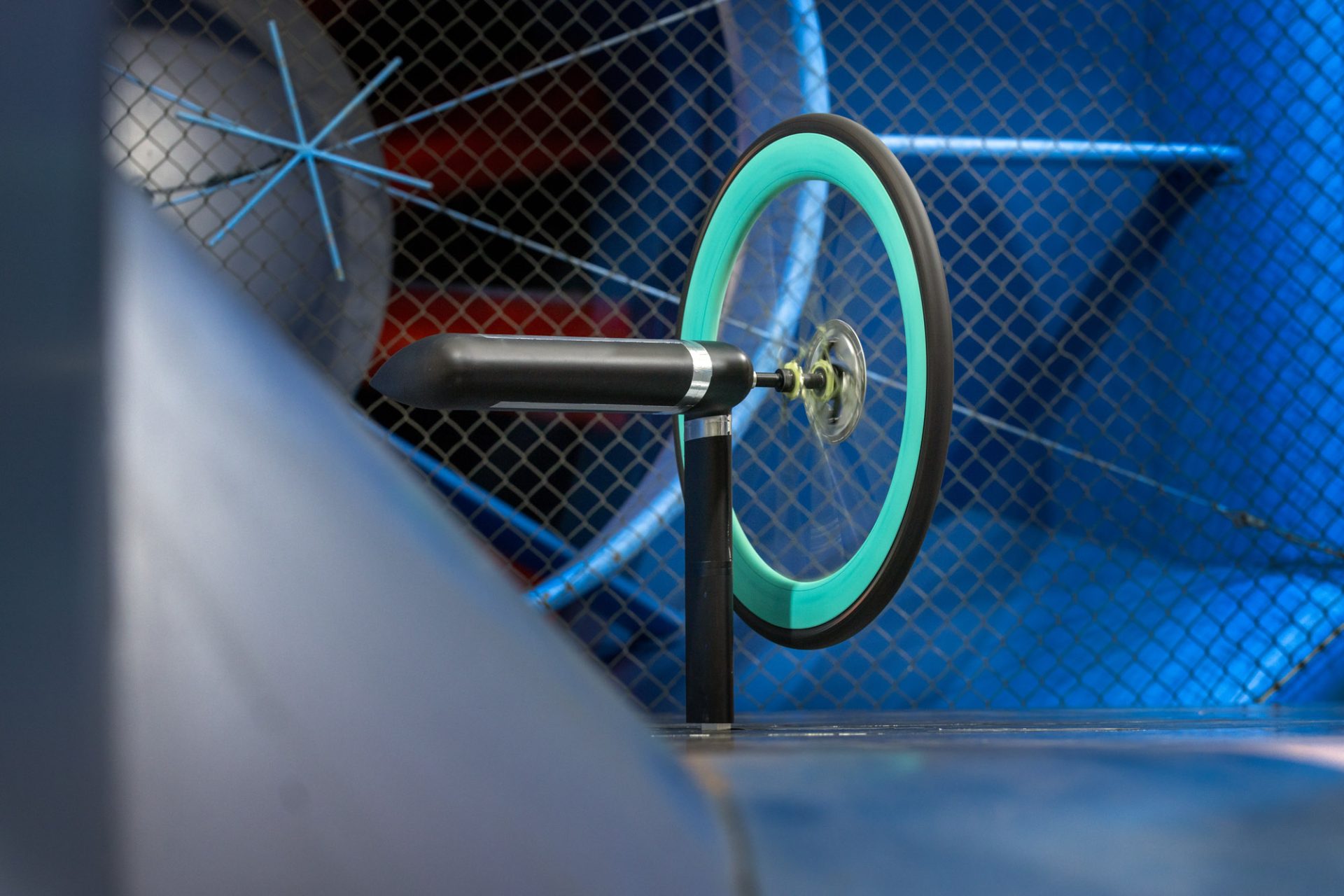
Either way, unlike many other wheelsets of this depth, the Capital SL Aero wasn’t designed for the narrower tires historically favored in road racing (although even Tour de France riders are now reaching for wider rubber). Just as Zipp did with its latest aero road wheels, Syncros is very much looking forward here. The 23 mm and 25 mm front and rear inner widths are intended to be used with 28 mm (printed width) tires, while the 32 mm and 33 mm external widths easily accommodate the 29.5 mm and 30.5 mm inflated widths from an aerodynamic standpoint.
Naturally, Syncros claims all of that methodical tuning makes the Capital SL Aero more, well, aero than its competitors, such as the Zipp 454 NSW and 404 Firecrest, the DT Swiss ARC 1100 62, and the Campagnolo Bora Ultra WTO 60. That’s with 25 mm Schwalbe Pro One tires at 48 km/h across the board, and the advantage supposedly grows at larger yaw angles. Switching just the Capital SL Aero to a 28 mm tire expectedly puts it slightly behind the others due to the larger frontal area, but Syncros says that’s only at low yaw angles; the Capital SL Aero is still better at larger yaw angles, which also means it should be a faster wheel in a broader range of conditions.
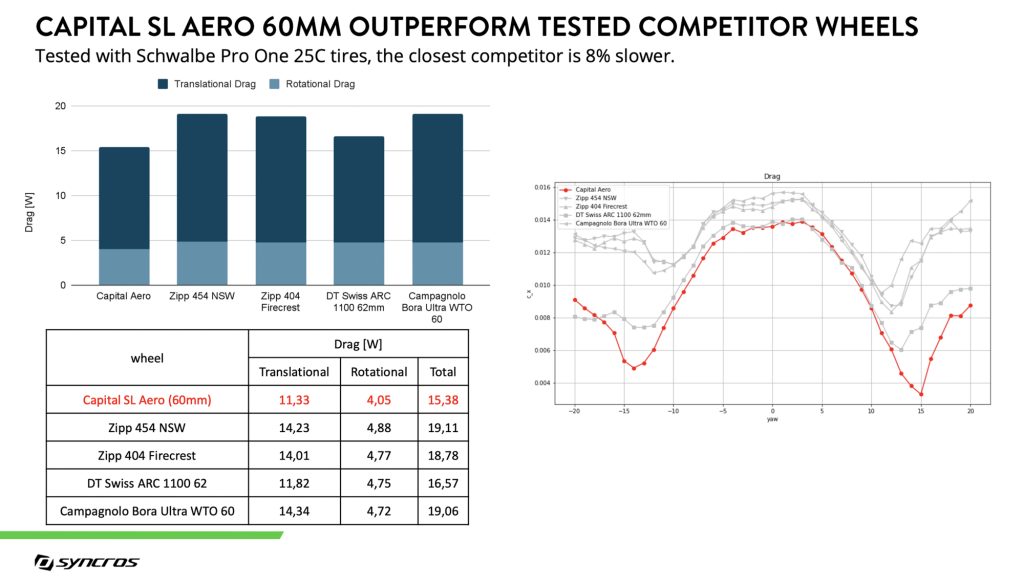

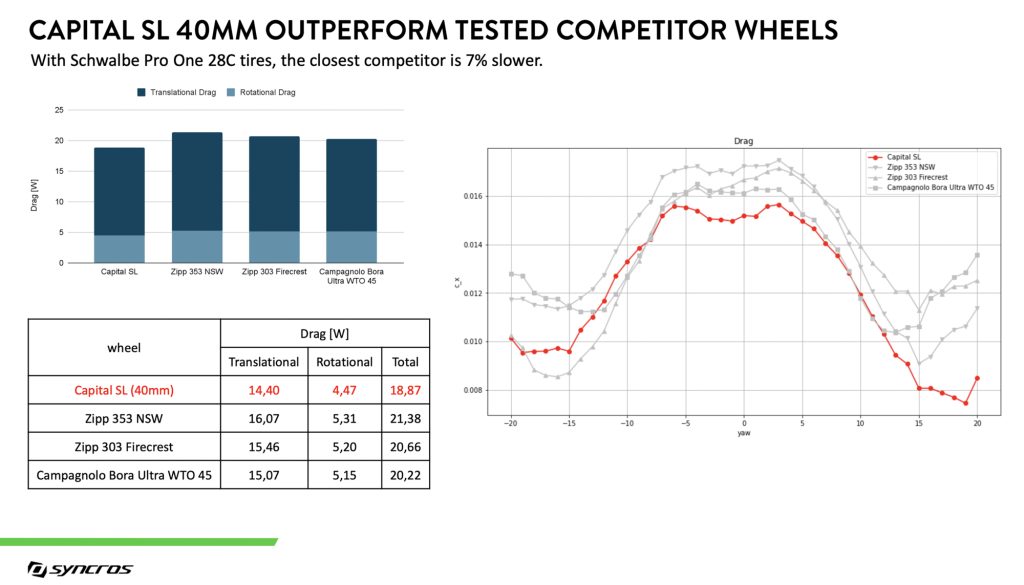

Aero performance aside, the Capital SL Aero is also super impressive on the scale thanks to its clever one-piece carbon fiber construction. Given the rim depth, the total 1,307 g wheelset weight (593 g front, 714 g rear) is nothing short of stunning. But because more of that weight is distributed toward the center of the wheel than usual, the company claims there’s an even greater reduction in rotational inertia so the wheels should feel even lighter (a trait Mavic has emphasized for ages).
Want more?
The spokes don’t actually take a perfectly straight path from hub to rim; even though they’re under tension, they’re slightly curved so as to act as leaf springs. And as compared to those Silverton SL mountain bike wheels, they also have a smaller cross-section because Syncros didn’t want the road wheels to ride like they’re made of wrought iron.
And yet even with that supposedly softer ride, Syncros has graced the Capital SL Aero wheels with a generous 120 kg (265 lb) rider-plus-bike weight limit. Warranty coverage is limited to a more traditional two years against manufacturer defects and a tiered crash replacement policy, though.
How they’re made
Conventional thermoset carbon fiber rims are already highly labor-intensive to manufacture – it’s the main reason they’re so expensive – but at least based on the information Syncros has provided, the Capital SL Aero wheels are a step above in terms of complexity.
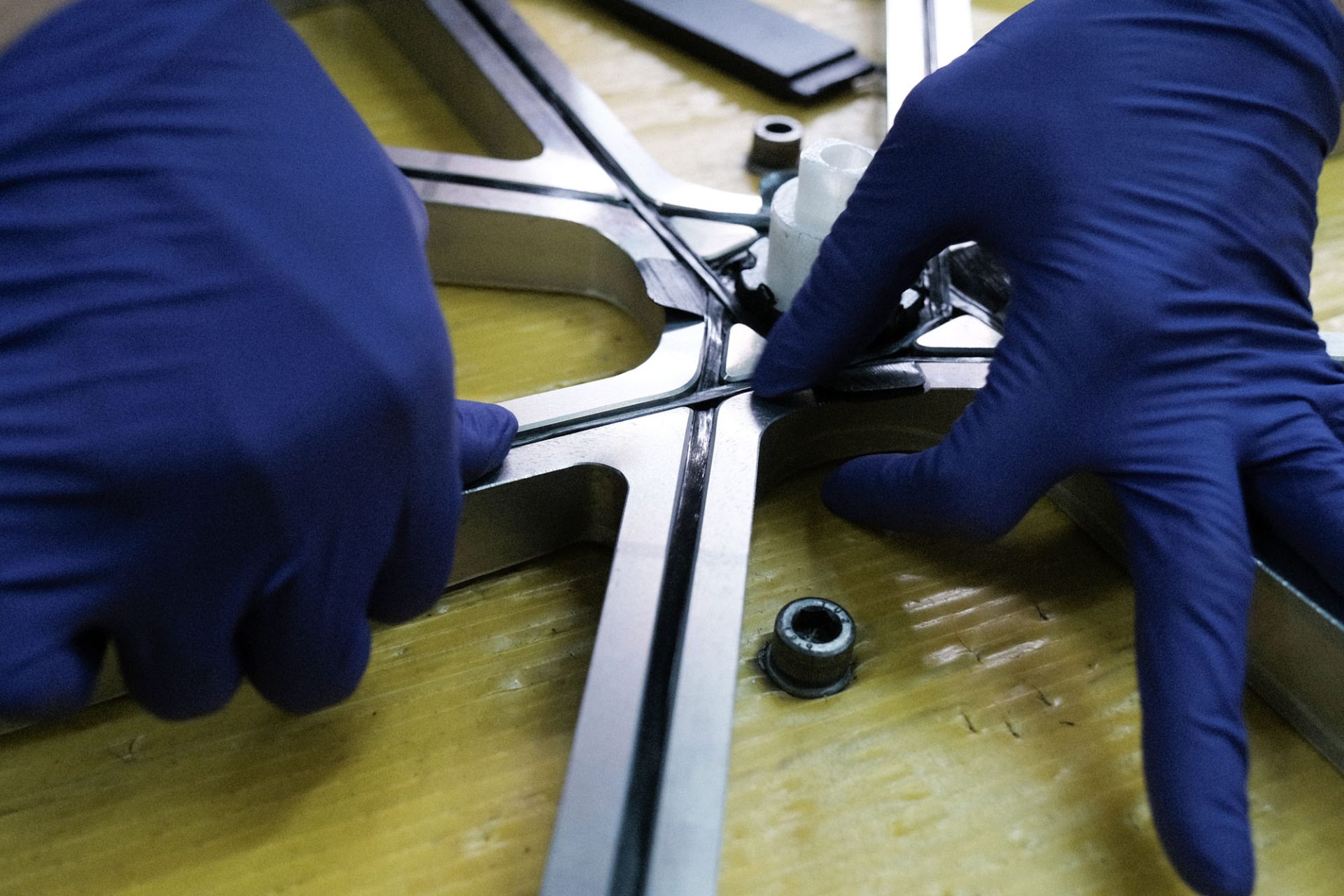
Part of this is because we’re talking about more than just a carbon fiber rim by itself; the rim, the spoke network, and the hub flanges are all molded in a single step to form a monolithic piece. But even then, there are a lot of separate composite subassemblies required to get there.
There are the hub flanges in the middle. The spokes connect those flanges to short sections of U-shaped rim “caps”. The rest of the rims are then laid up around the outside of this web of carbon fiber. Even the spokes aren’t even spokes as you’d normally think of them. They’re interwoven at the crossings, meaning they don’t just cross over each other; they form a single cohesive piece of carbon fiber.
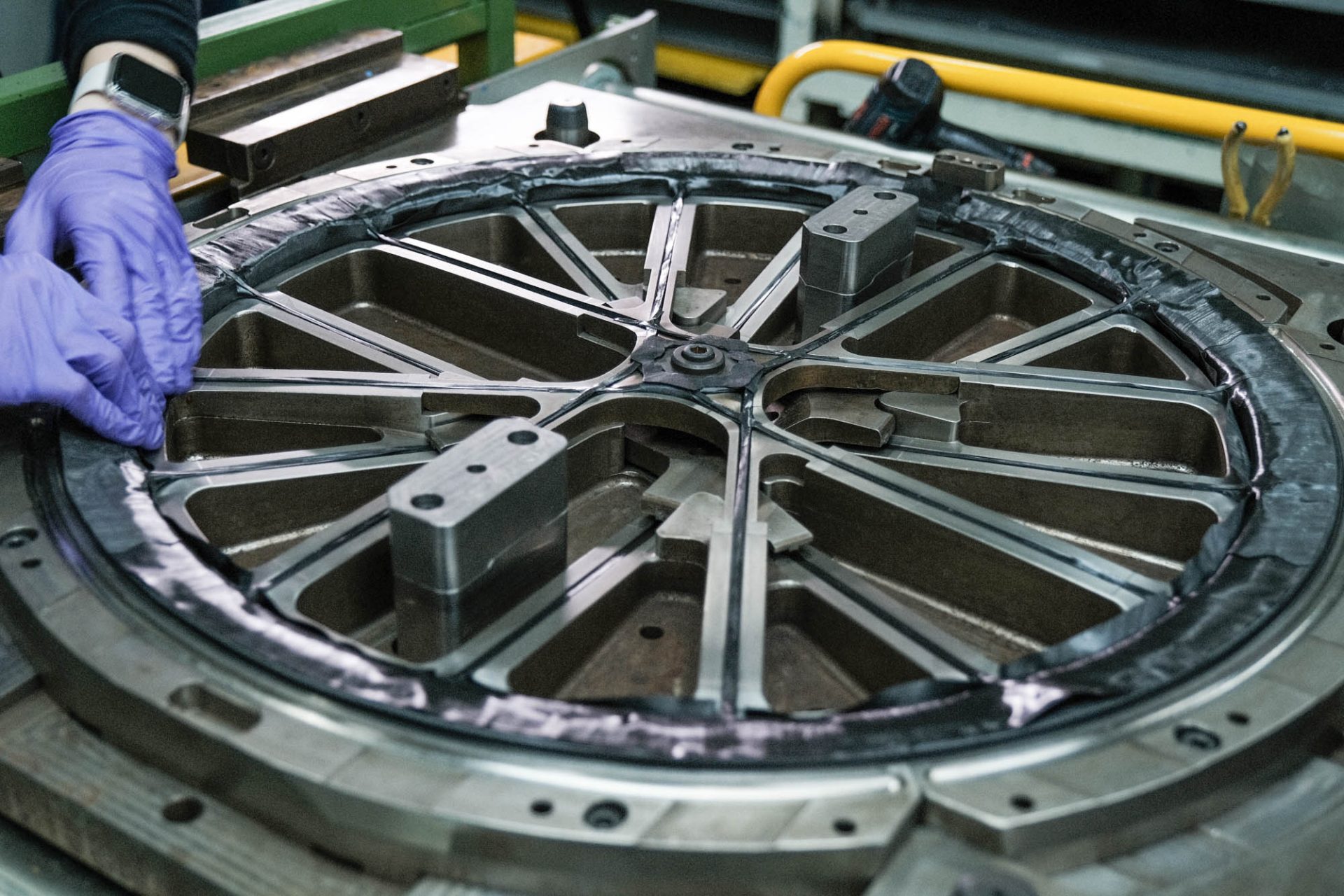
Keep in mind, too, that this is all a three-dimensional structure with both sides of the wheel laid-up and molded at the same time. Once it’s all cured, the flanges are then pulled apart and an aluminum hub shell (made by DT Swiss) is inserted and bonded between them to add tension. If anything is amiss, the wheel won’t turn out true or round, and the whole thing has to be scrapped since there’s no way to correct an error after the fact.
To finish things off, DT Swiss internals – including the latest Ratchet EXP driver – are inserted into the front and rear shells.
Easy as pie.
Tires to match
Syncros’s engineers jokingly admitted that they had no interest in developing tires in-house, particularly when there are other specialist brands that are already so good at it. Syncros’s development partner here was Schwalbe, and the intended tire pairing for the new Capital SL Aero is Schwalbe’s similarly new Pro One Aero.
Similar to what Continental has done in the past with the Force and Attack, the Pro One Aero is designed as a dedicated combo with front- and rear-specific casings. But while the Force and Attack featured different widths, both the front and rear Pro One Aero are marked as 28 mm-wide. Detailed information from Schwalbe is a little sparse here, but we do know the front tire has a slightly more pointed cross-section to reduce drag, and there’s also a thinner tread cap (just 0.8 mm-thick as compared to 1.2 mm out back) to lower rolling resistance.
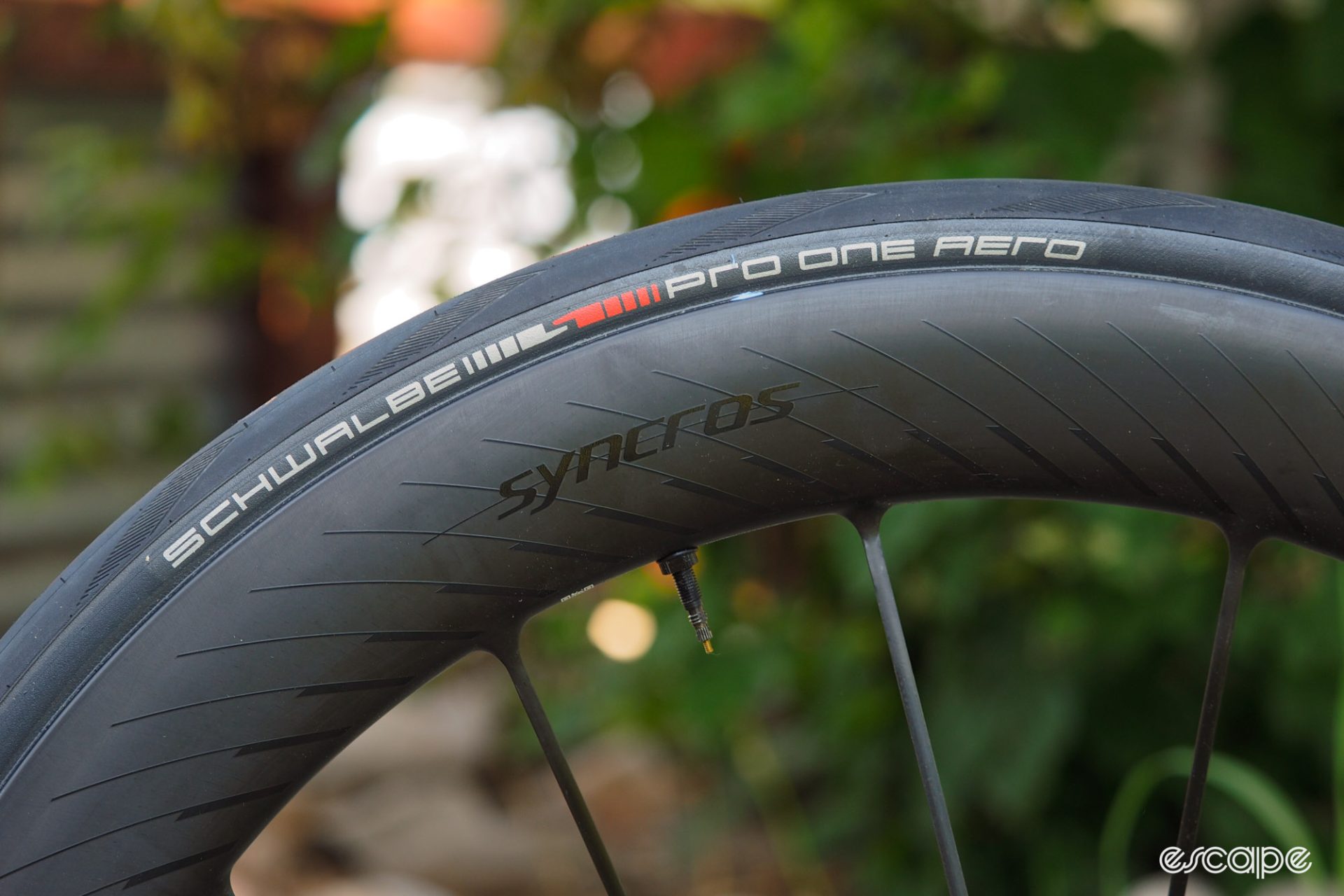
Overall, Schwalbe says the new Pro One Aero has “22% less aero resistance” than a Pro One TT of the same size, but with “much more” puncture protection and only 5% more rolling resistance.
Needless to say, both are hookless-compatible (and never mind the latest ETRTO guidelines that say 25 mm-wide rims should be matched to tires no narrower than 29 mm – Syncros insists this combo is fine).
A full range of Capitals
The Capital SL Aero isn’t the only new wheel Syncros is announcing today; in fact, there’s a whole family of Capital road wheels on tap.
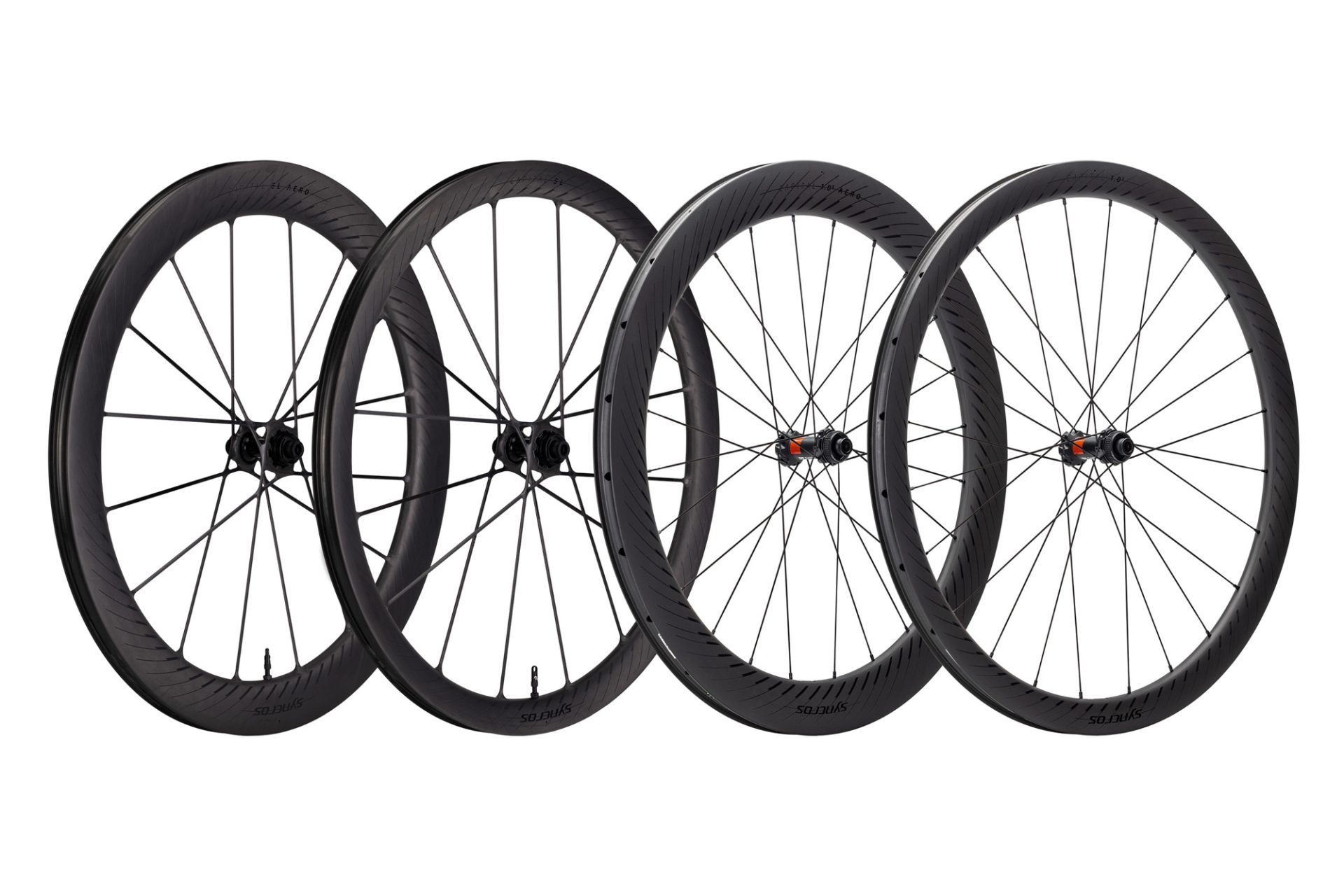
Sitting parallel to the Capital SL Aero is the Capital SL, which features the same construction methods but with a shallower 40 mm depth, a 25 mm internal width front and rear, and an emphasis on shaving grams. Claimed weight is a scant 1,170 g for the set, and retail price is slightly lower than the Capital SL Aero: US$4,100 / AU$7,000 / £4,000 / €4,000.
Next up are the 40 mm-deep Capital 1.0s and 60 mm-deep Capital 1.0s Aero, which use the same rim shapes as the fancy SL one-piece wheels, but with standard DT Swiss 240s hubs and DT Swiss Aerolite straight-pull bladed stainless steel spokes. These are still light – just not as light – with claimed weights of 1,335 g (620 g front; 715 g rear) for the Capital 1.0s and 1,470 g (690 g front; 780 g rear) for the Capital 1.0s Aero. Retail price for the Capital 1.0s is US$2,400 / AU$4,200 / £2,200 / €2,200, and US$2,300 / AU$4,200 / £2,400 / €2,400.
Finally, there’s the Capital 1.0 Aero and 1.0, which again use the same 40 mm and 60 mm rim shapes, but this time with house-brand sealed-bearing hubs and round straight-pull stainless steel spokes. Claimed weights are 1,480 g (660 g front; 820 g rear) for the Capital 1.0 and 1,630 g (740 g front; 890 g rear) for the Capital 1.0 Aero. Retail price for the Capital 1.0 is US$1,800 / AU$3,200 / £1,600 / €1,600, and US$1,900 / AU$3,200 / £1,700 / €1,700.
All of the new Syncros Capital wheels are slated to be available in September.
Wow with a capital W
I’ve been fortunate enough to ride a whole bunch of top-spec road wheelsets over the years: Lightweight, Enve, Zipp, DT Swiss, Reynolds, Roval, Bontrager, Cadex, HED, you name it. Most of them have been great. Some have been pretty exceptional.
But the Capital SL Aero might very well be my all-time favorite.

It almost goes without saying they feel fast. I can’t verify Syncros’s numerical claims, but the modern 60 mm rim shape cuts through the air as you’d expect, and it’s tangibly easier to seek and maintain higher speeds when using them as compared to something with conspicuously more drag.
More surprising is how well they handle crosswinds. I usually prefer to stick to rim depths no greater than 50 mm given how often it can get blustery on my local roads, but the Capital SL Aero has me rethinking that rule. Much of the credit undoubtedly goes to the careful rim shape, I’m guessing, but I’ve occasionally found deeper spokes to create unpleasant handling characteristics even when paired with shallower rims. There are no such unpleasantries here despite the Capital SL Aero’s super-deep carbon spokes, though, perhaps because there are so few of them.
Unlike many other wheels of this depth, these aren’t only ideally suited for perfectly paved roads, either. Those 28 mm-wide Schwalbes puff up to 29.5 mm up front and 30.5 mm out back, offering plenty of cushioning for rougher tarmac (and even smoother dirt if you’re so inclined). Want to do some all-roading? Have at it.
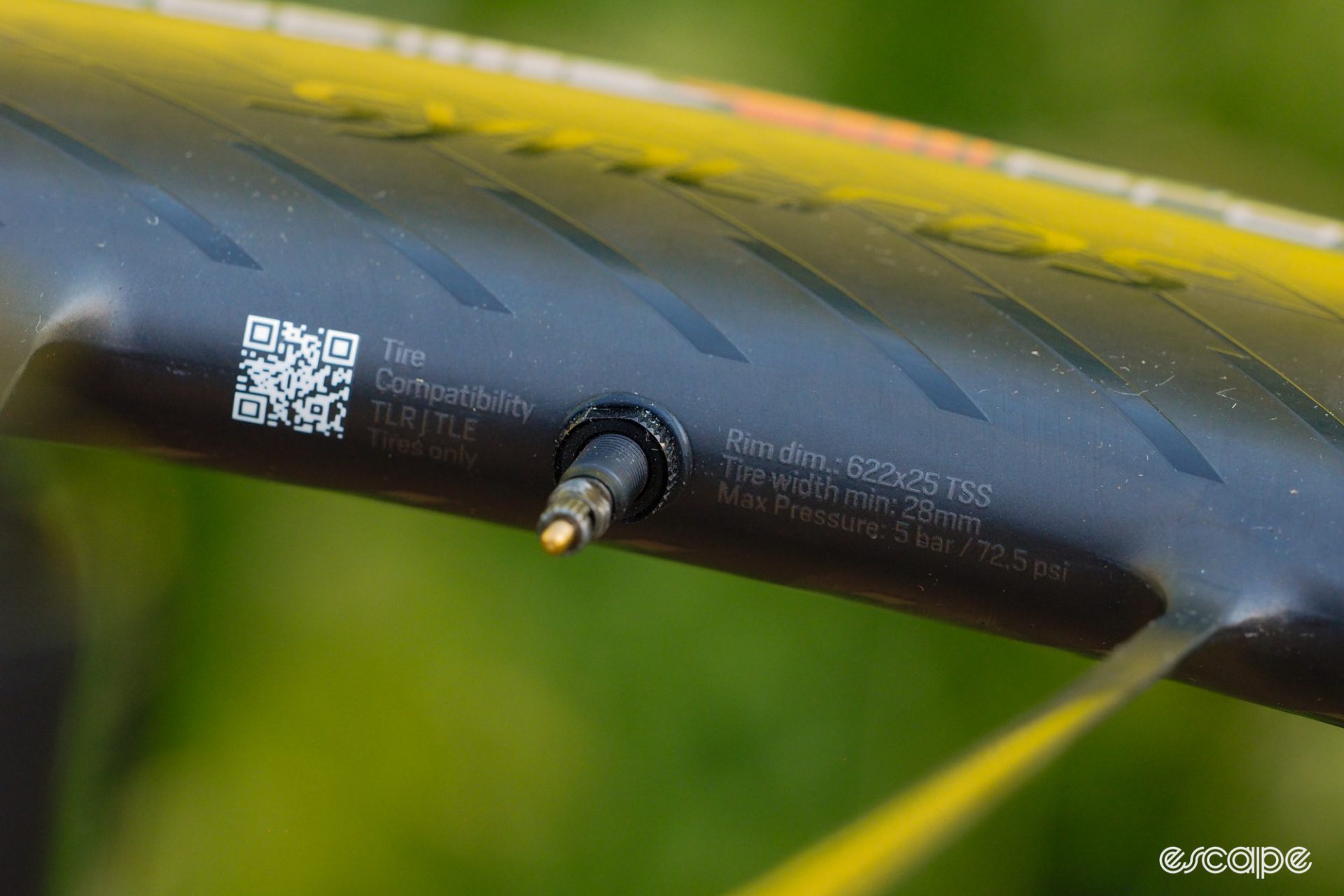
Schwalbe presumably uses faster-rolling, higher-rebound rubber for the speed-focused Pro One Aero, which doesn’t usually translate to a lot of grip. However, there’s no substitute for just putting more rubber on the ground, period, and so there’s nevertheless heaps of confidence when pushing through corners.
That increased air volume pays dividends in terms of ride comfort, but even when pumped up to higher pressures, the Capital SL Aero is still surprisingly accommodating. I’ve found carbon-spoked wheels to ride more firmly than ones made with thinner-gauge steel spokes, but there seems to be something to that leaf-spring effect touted by those Syncros engineers. I wouldn’t describe the Capital SL Aero as being unusually cushy, and they’re certainly no match for some of the wheels I’ve tried recently made using alternative materials like thermoplastic rims or woven textile spokes. But they’re still far more comfortable than appearances would suggest.
I’ve ridden plenty of other tires with similar volume and casing suppleness, too. It’s not the tires.
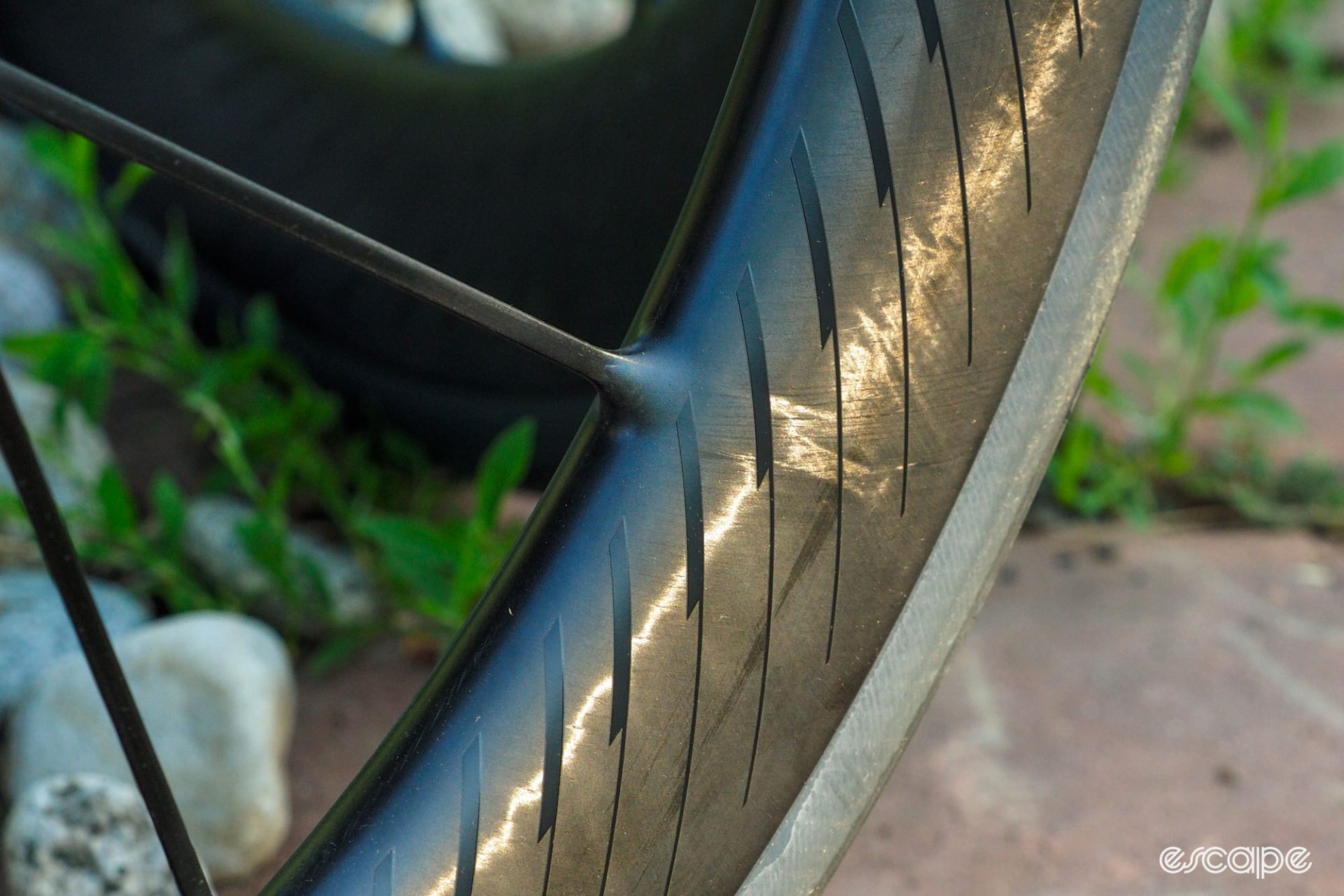
Let’s just say for a moment that Syncros’s aero data is a little optimistic, and the new Capital SL Aero wheels are only on par with the competitors mentioned. Heck, let’s even pretend they’re not quite as good (but are very close). That doesn’t really change anything in my mind because it’s when heading uphill that the Capital SL Aero wheels really stand out from the crowd.
One of my preferred test circuits is punctuated by a series of climbs that are short, but steep and punchy. I stay seated and grind them out when I’m feeling lazy, but those ramps are more entertaining when attacked out of the saddle, and it’s those sorts of accelerations that highlight wheels with low weight and inertia. Unlike most aero-focused wheels, these don’t need to be wound up, and they don’t build speed deliberately like you’re in a semi-trailer trying to pass slow-moving traffic. The acceleration is visceral and immediate, and more akin to a dedicated climbing wheel.
In fact, on that ride with the Capital SL Aeros, my first thought was how much I was reminded of when I tested Specialized’s S-Works Aethos – an ultralight machine wholly dedicated to going uphill. Checking stats once I got home helped explain why: the Roval Alpinist CLX wheels on that bike are nearly the same weight as the Capital SL Aero, despite being 27 mm shallower and a few millimeters narrower.
Before you send that email you’re typing in your head right now, I’m well aware the math tells us that shedding a couple hundred grams doesn’t matter that much when heading uphill. But I don’t care what the math says. These feel faster and just feel better, and you try convincing a racer that what they feel in their head doesn’t affect their confidence and performance on the road.
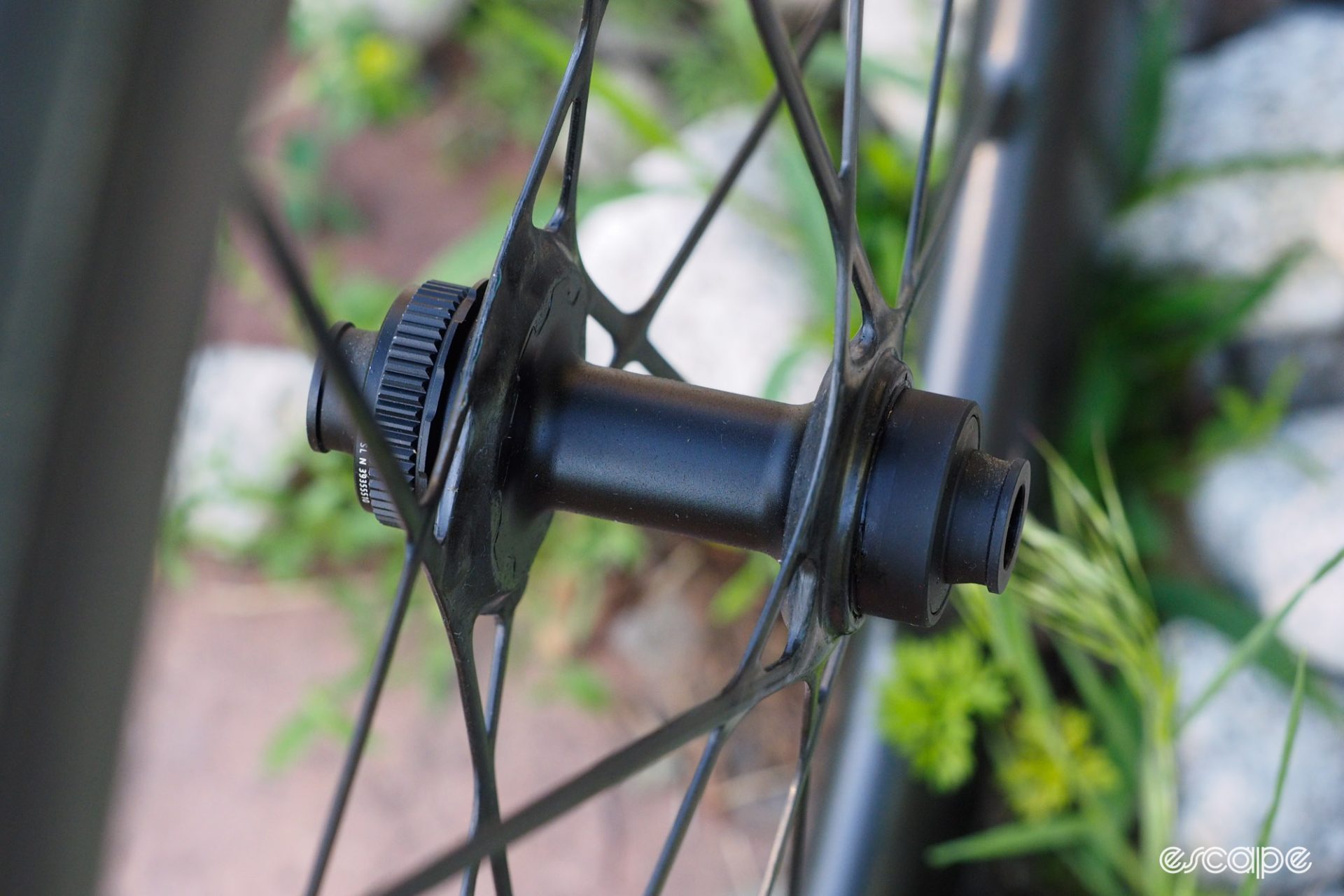
As for how durable these wheels are, I unfortunately can’t say as I was only able to ride them for a little over a week (albeit on home roads, so there was at least familiarity playing in my favor). But that said, there isn’t too much to go awry here since it’s a one-piece carbon structure with no nipples to loosen or adjust over time, and the generous maximum rider weight rating is somewhat reassuring.
That said, I do have some areas of concern.
First and foremost, neither of my test wheels was perfectly true. They weren’t bad by any means, but I still measured a total runout of about 1 mm front and rear, which is more than I’d normally deem acceptable in a conventional spoked wheel of any price. Syncros claims I have a set of preproduction wheels with wider-than-normal tolerances so they could get them out the door to media, but consumer wheels will supposedly be held to +/-0.3 mm.
Syncros also uses some kind of epoxy to bond the aluminum hub shells to the carbon spoke flanges, and my wheels had some worrisome-looking voids, almost as if the assembly tech didn’t use enough glue. Will this fail over time? I can’t say, and it’s worth pointing out there’s a mechanical connection for redundancy. But it’s not something I want to see on a wheelset like this either way.
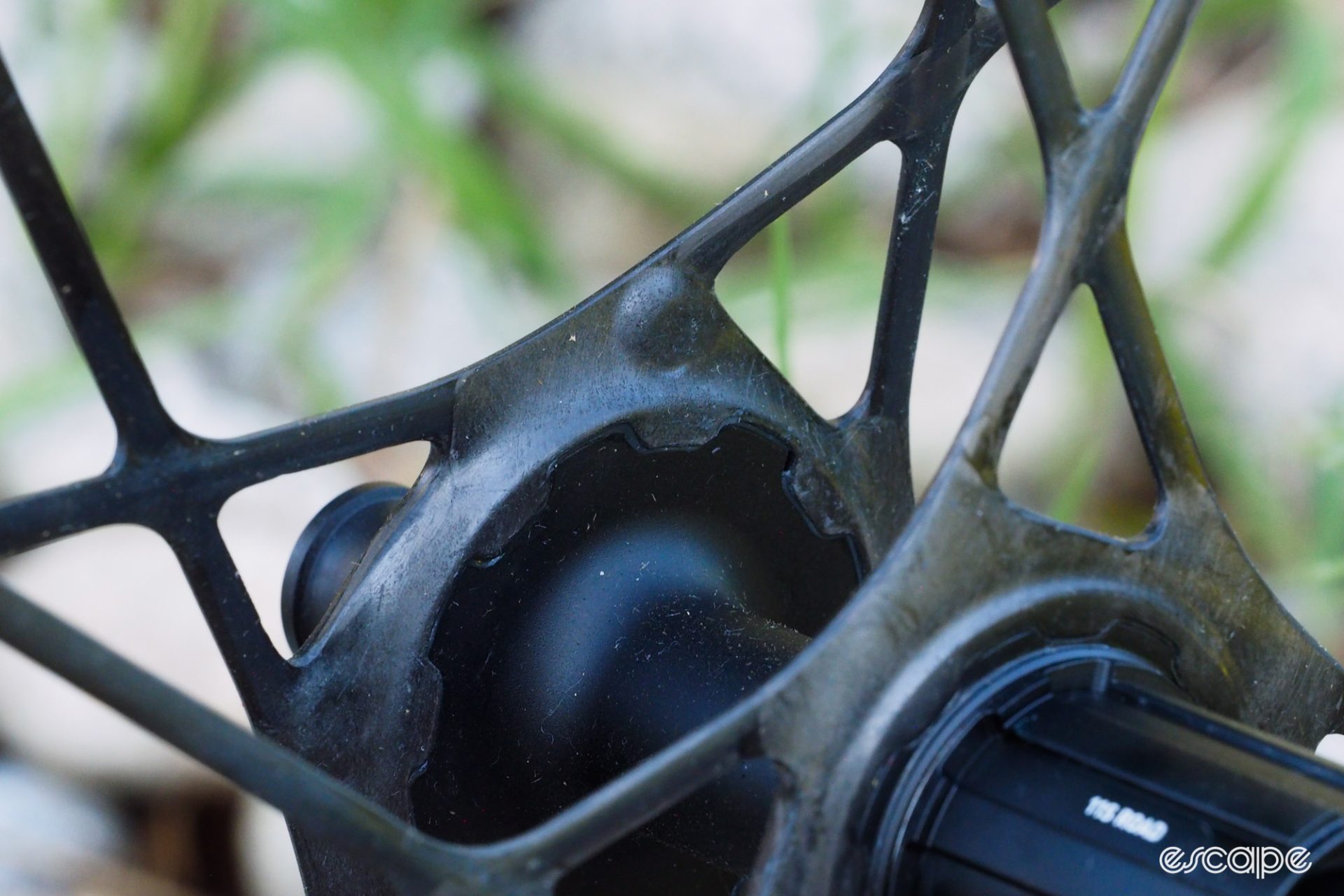
There’s also the question of impact damage. Syncros insists the Capital SL Aero’s carbon fiber spokes are “1/3 stronger” than steel spokes, and that the wheel will somehow stay true if you break one (which suggests to me the spokes aren’t under that much tension). Assuming the damage isn’t too severe, Syncros says a “network of repair shops” will be authorized to make smaller fixes.
I’m also a little surprised Syncros didn’t spec high-quality hybrid ceramic bearings stock here given the cost. Those may not matter as much as the wheelset’s aero qualities and low weight, but customers at this end of the spectrum probably care more than most about marginal gains, so I would have thought those would be a no-brainer.
And I know, a lot of you aren’t crazy about hookless road rims. I can’t say I’m all-in on the idea, either. But Syncros says “hookless is here to stay”, and if the 5 bar/72.5 psi maximum pressure rating won’t cut it for you, the company says you have little option except to go up a tire size.
Finally, the DT Swiss Ratchet EXP driver Syncros uses here may very well turn out to be as reliable as the older system it replaced, but I just can’t get past how loud it is when coasting. It’s not just the volume, either; the sound is gratingly harsh to the point it takes away from what is otherwise an incredibly enjoyable wheel to ride. Every Ratchet EXP-equipped wheel I’ve ridden has been like this, in fact, and I so desperately want DT Swiss to figure out a solution here.

But surely I’m going to complain about the price, no? Without doubt, this is an insane amount of money. However, it’s still a comparative bargain when you look at what the Capital SL Aero is going up against.
In the ultra-premium price range, the Lightweight Fernweg Evo is slightly deeper at 63 mm and perhaps similarly aerodynamic, but it’s substantially heavier at 1,695 g and much narrower at 18.2 mm internal. It also happens to be more than twice as expensive. The Partington R-Series MkII is lighter at 1,160 g, but much shallower at 39/44 mm front/rear, as well as narrower at 21 mm internal. And while not as outrageously priced as the Lightweights, they’re still a lot more expensive than the Syncros wheels at US$6,400.
The Zipp 454 NSW? They’re close in depth at 58 mm and only slightly narrower at 23 mm internally, but a fair bit heavier at 1,428 g and not much less expensive at US$4,220. The Enve SES 6.7? They’re a little deeper at 60/67 mm front/rear, slightly narrower at 23 mm front and rear, and more affordable at US$2,850, but also heavier at 1,497 g per set.
What about the Cadex 65 Disc Tubeless? They’re more affordable at US$3,200, as well as deeper at 65 mm front and rear. But they’re also just 22.4 mm-wide internally and almost 200 g heavier so that’s not an apples-to-apples comparison, either.
You get the point. Simply put, nothing else I’ve found can match the Capital SL Aero in terms of aerodynamic performance, weight, and ride quality – and that’s regardless of price.
Two choices, but an easy decision
Remember the lighter Capital SL wheels I mentioned earlier? I had actually requested those initially because I figured their 40 mm rim depth would be a more versatile choice for the majority of riders out there. But while those are even lighter than the Capital SL Aero, it’s not enough of an advantage to offset the aero gains of that deeper rim, particularly given the Aero’s minimal weight penalty and excellent handling characteristics.
But unless you really are after ultra-low weight above all else (or are a very light rider that prioritizes easy handling in windy conditions), I don’t see any compelling reason to go with the Capital SL over the Capital SL Aero. The Aero is faster, it’s nearly as light, it’s comfortable, it’s surprisingly manageable when the wind is blowing. And damn, do they look good, too.
Am I gushing a little too much here? Maybe.
I obviously haven’t ridden every road wheel out there, but I’ve ridden a lot of them, and while the Syncros Capital SL Aero is hardly inexpensive, you could almost argue they’re a comparative bargain when you look at what else is out there. And while it pains me to write that, it’s the truth.
Sorry, Syncros, but your test wheels appear to have mysteriously disappeared. No idea what happened.
More information about these wheels can be found at www.syncros.com.
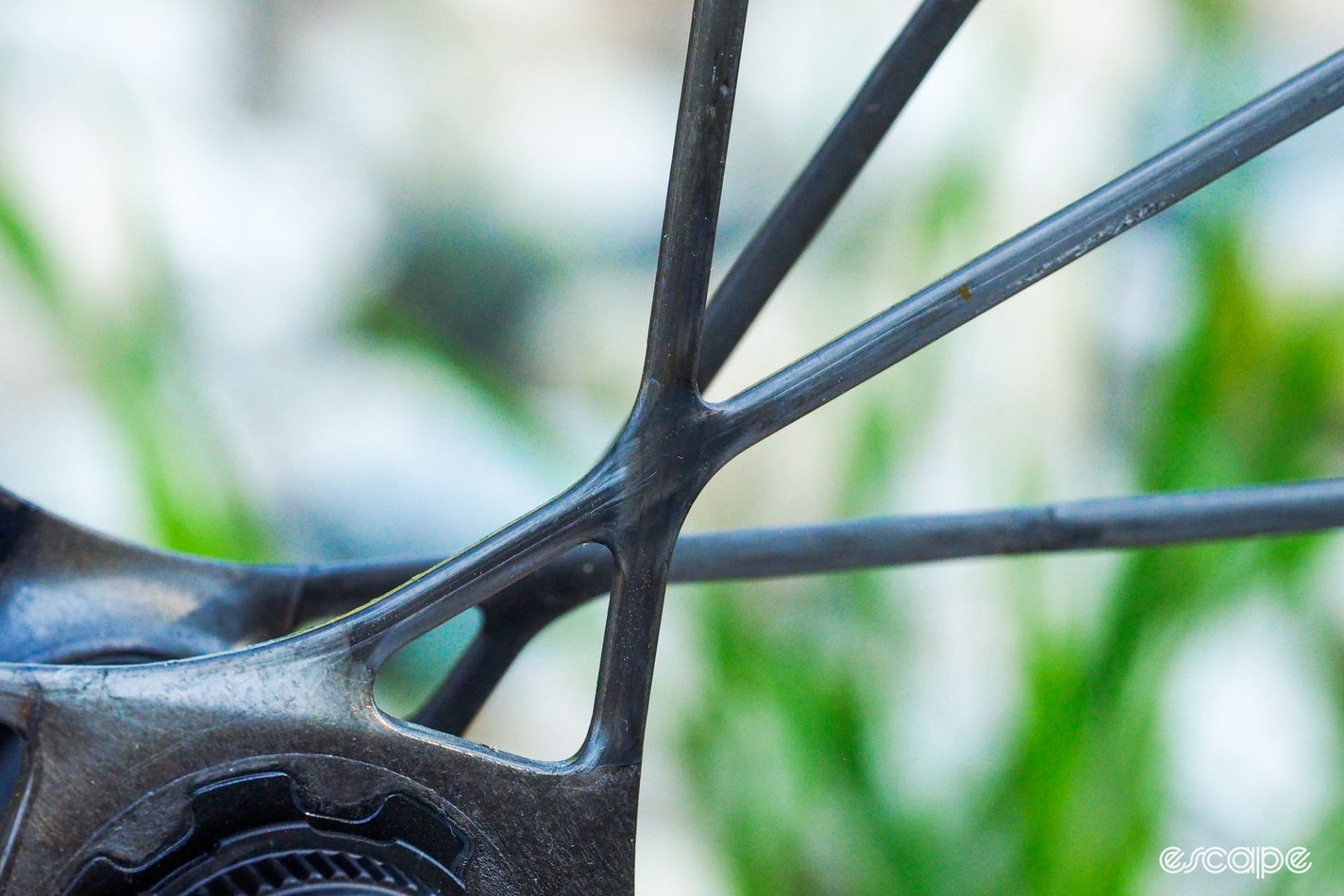
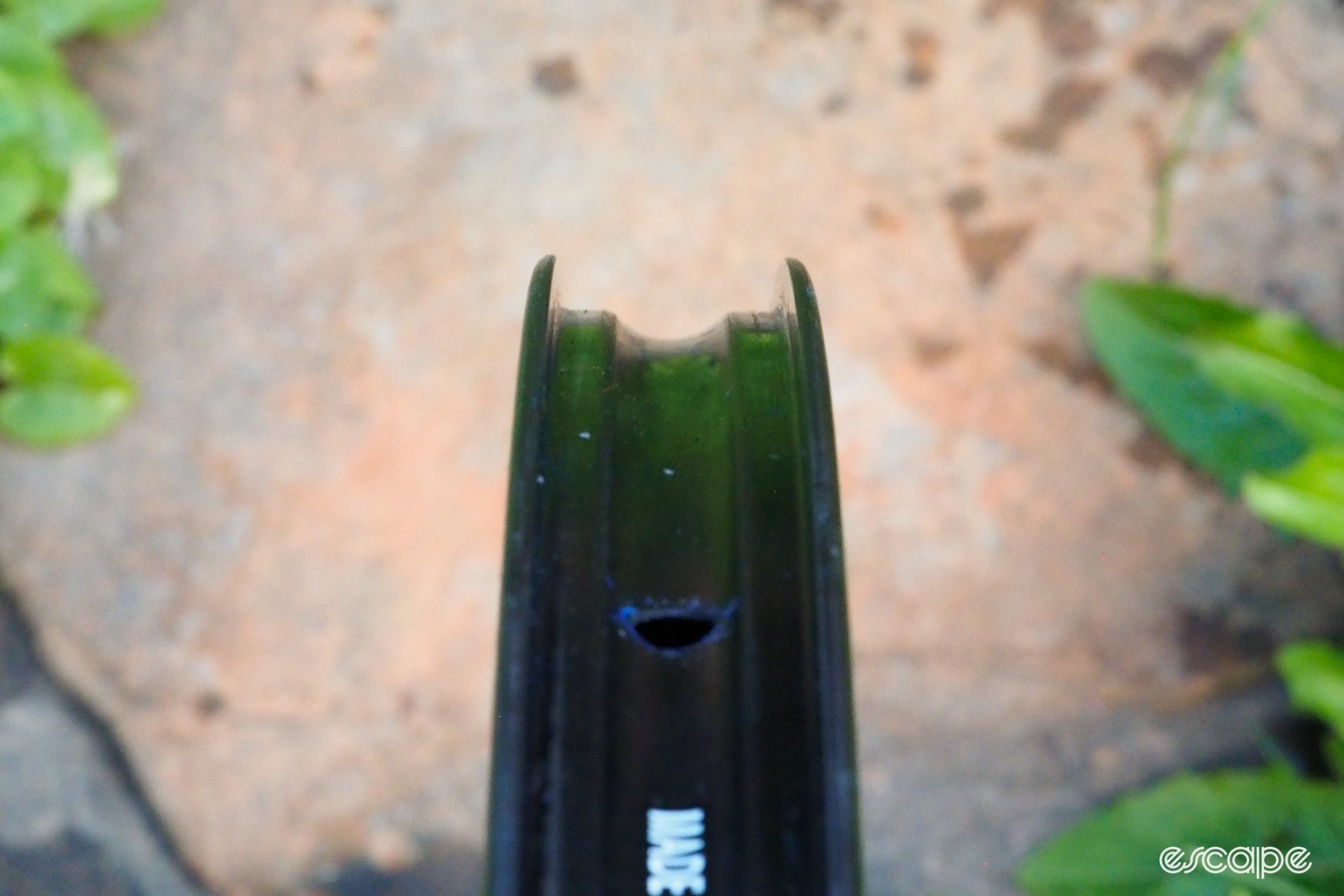
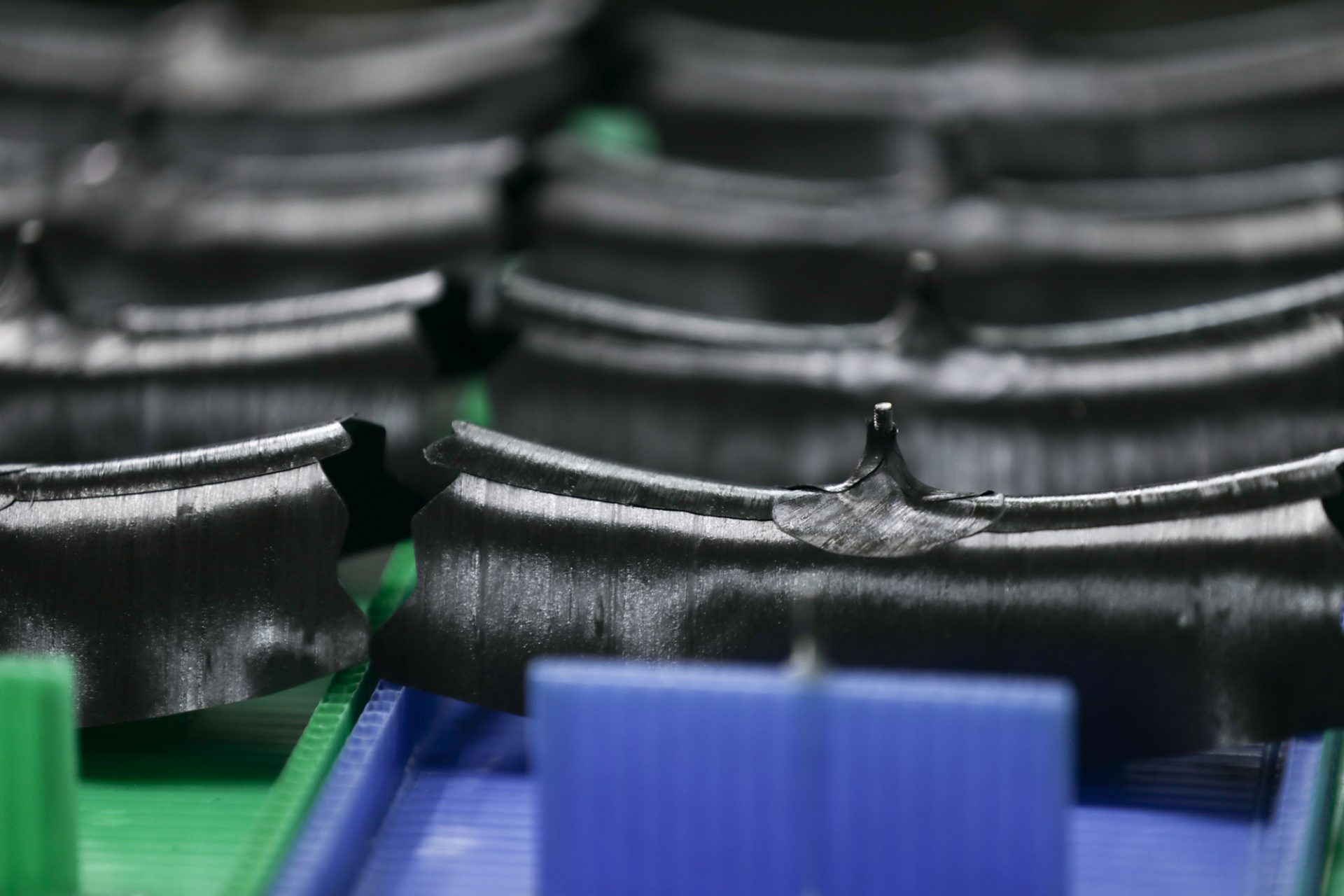
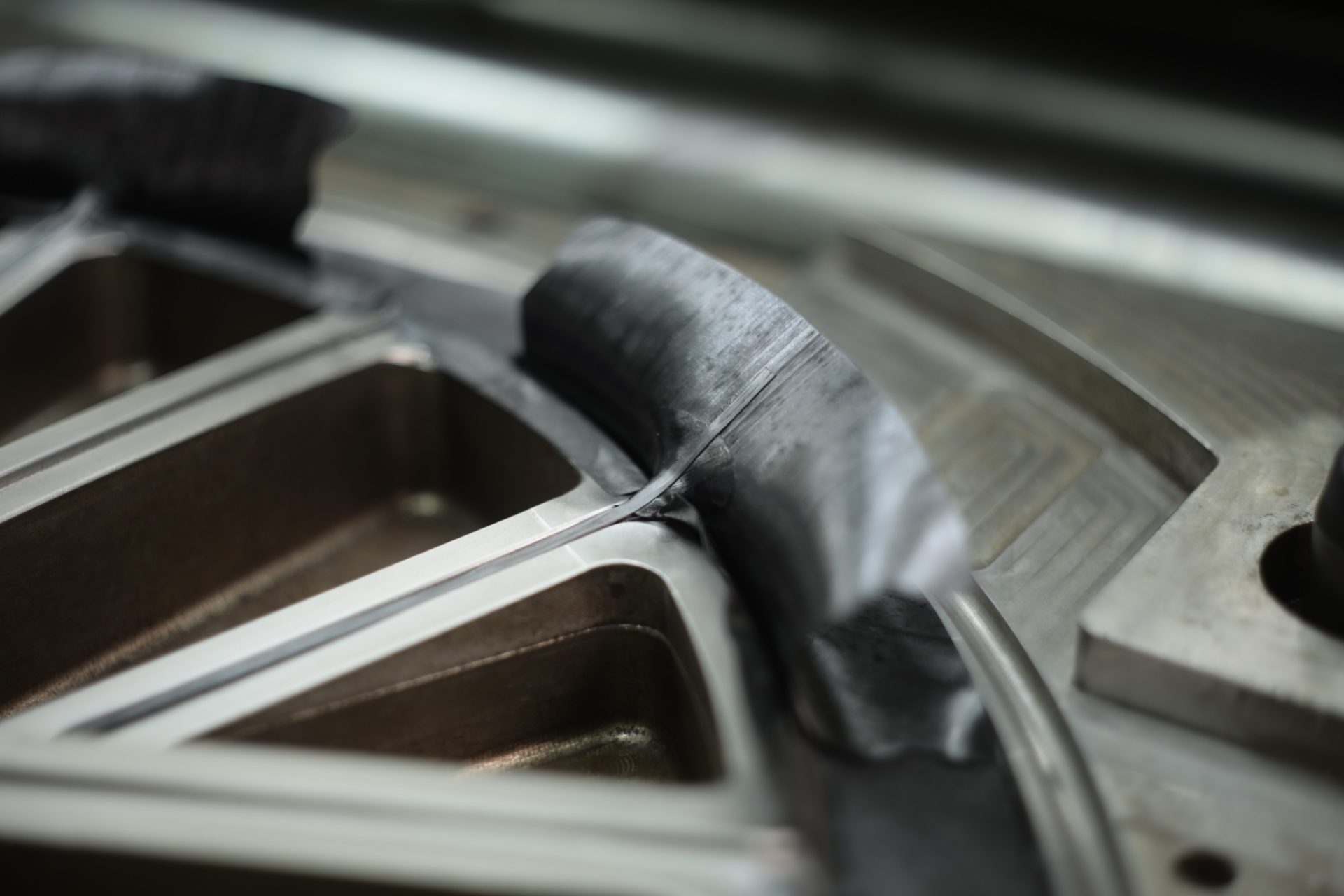
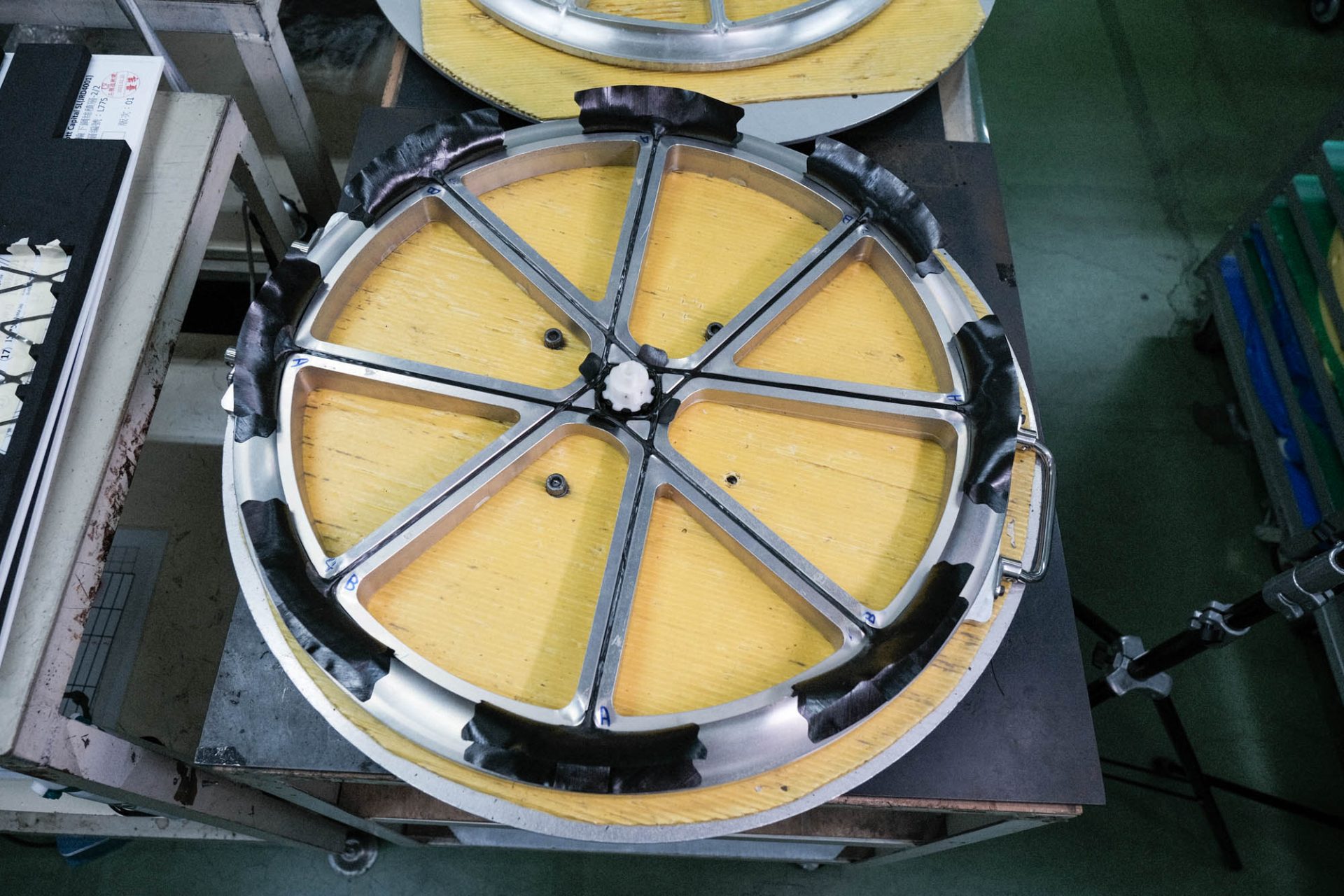
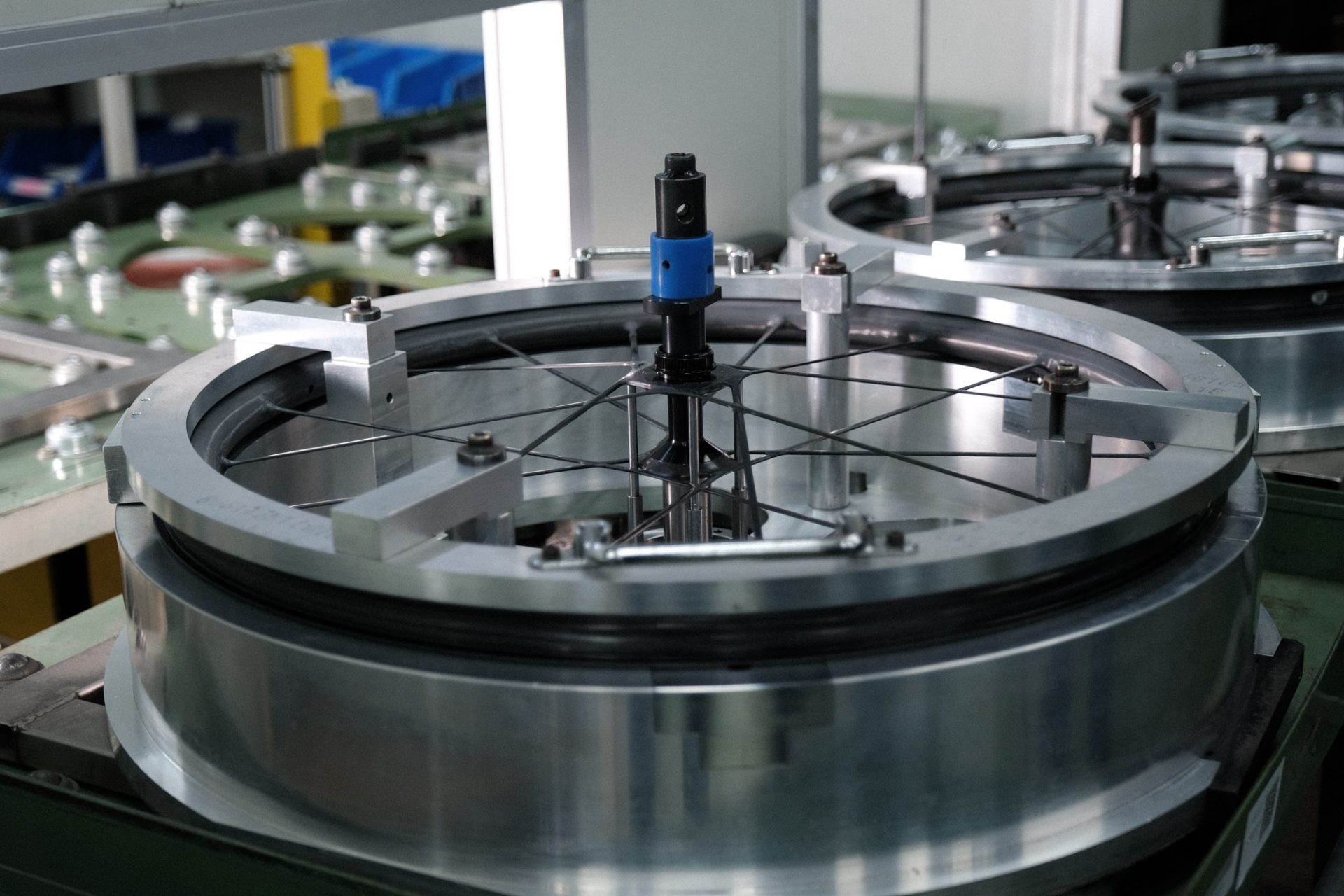
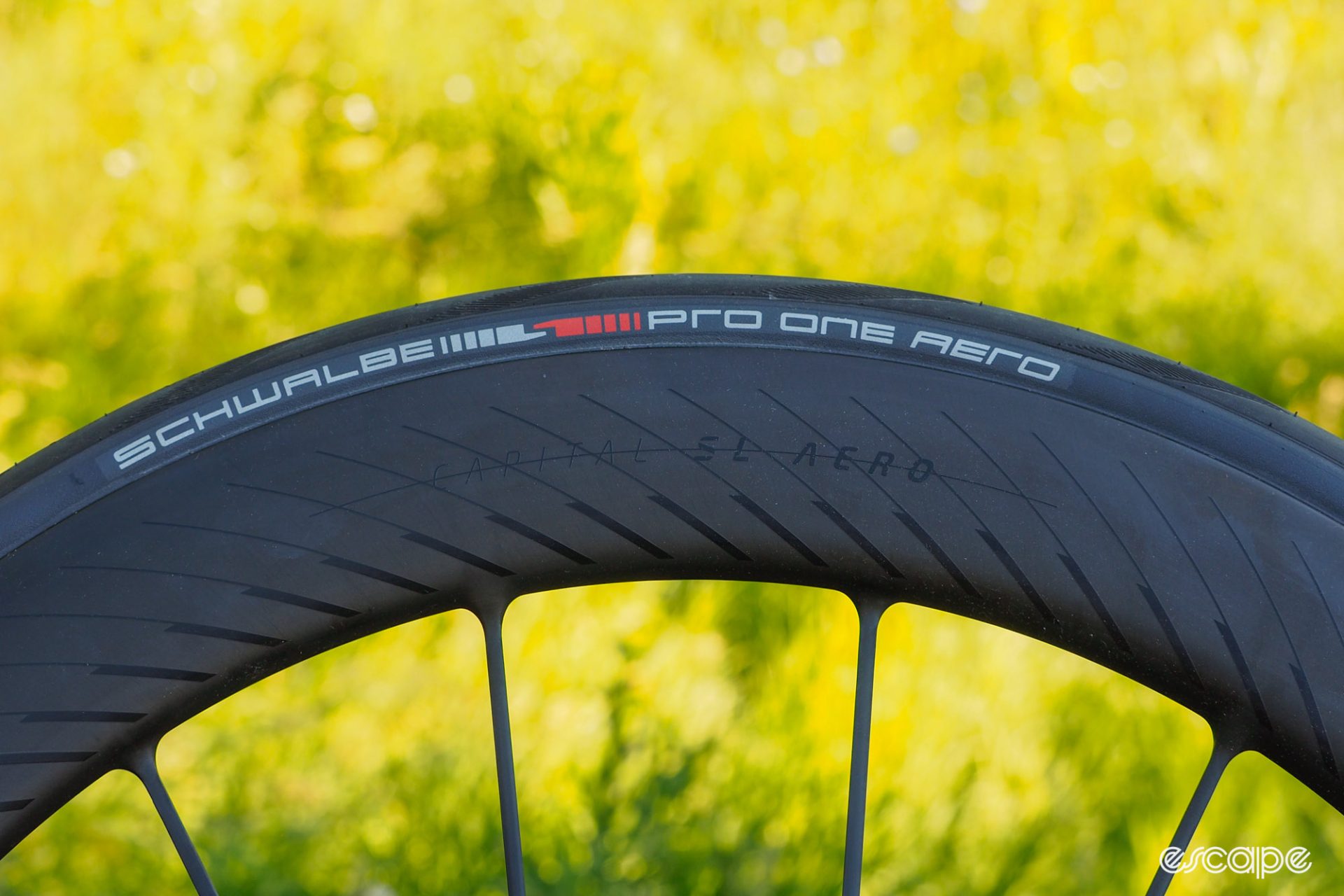
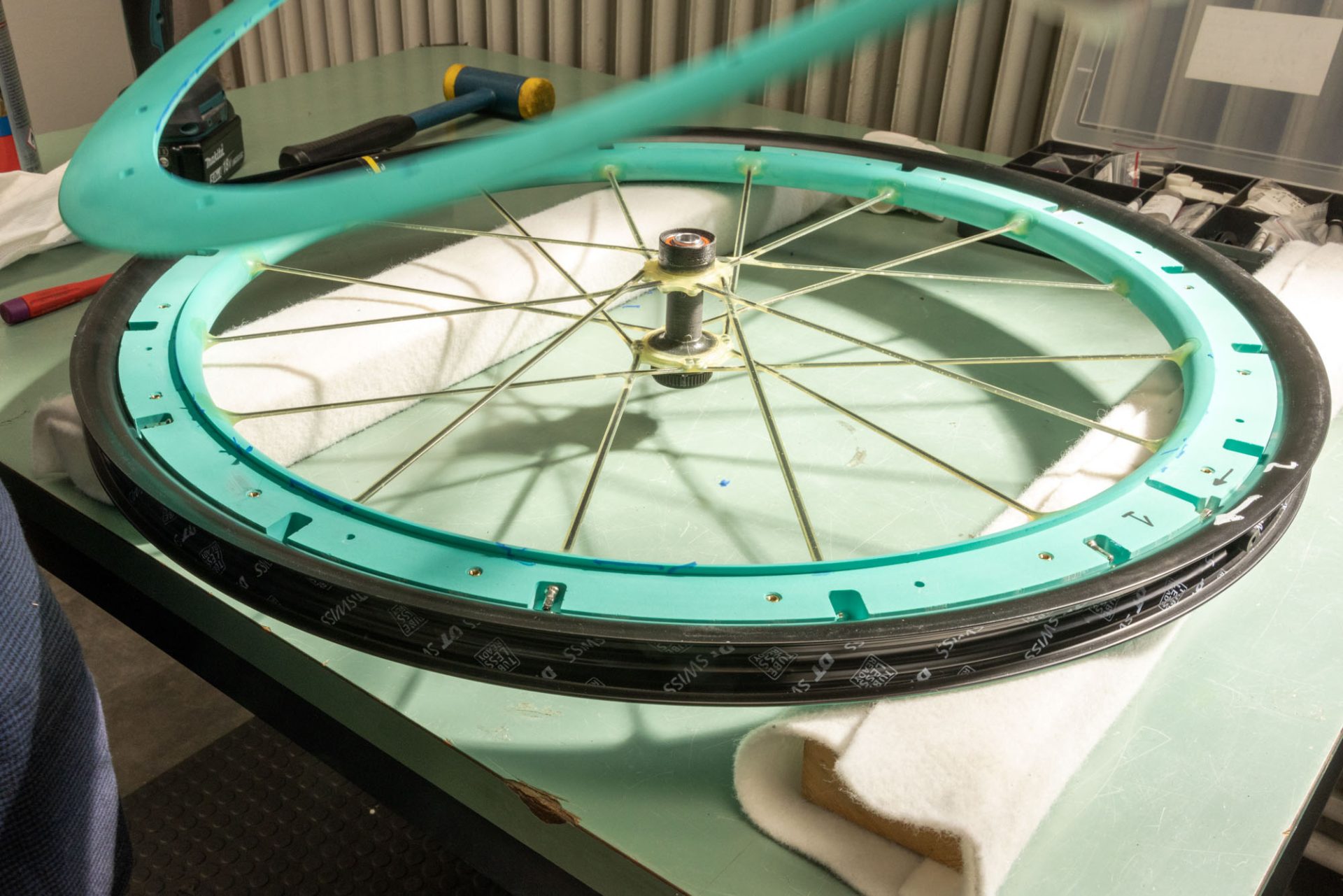

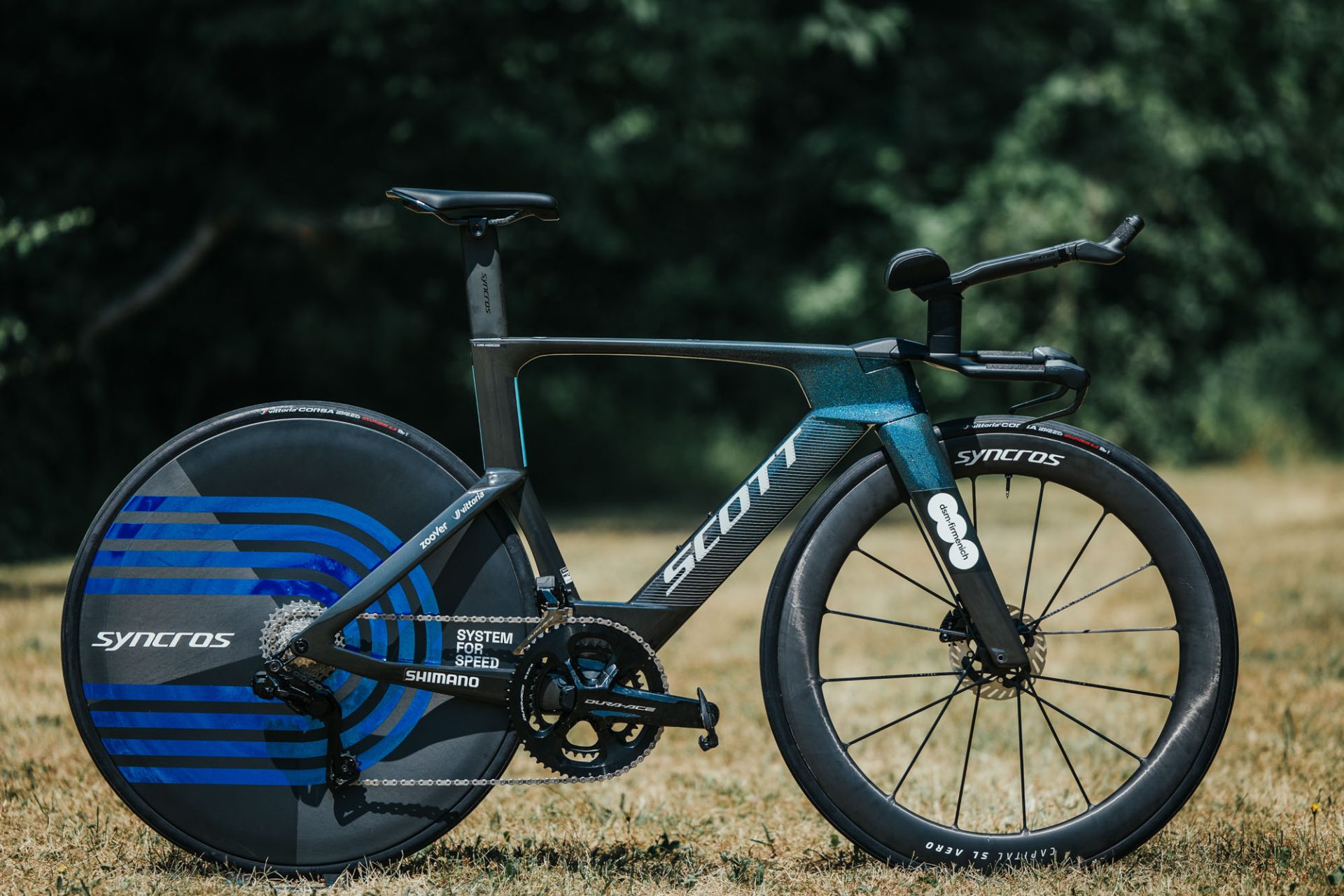
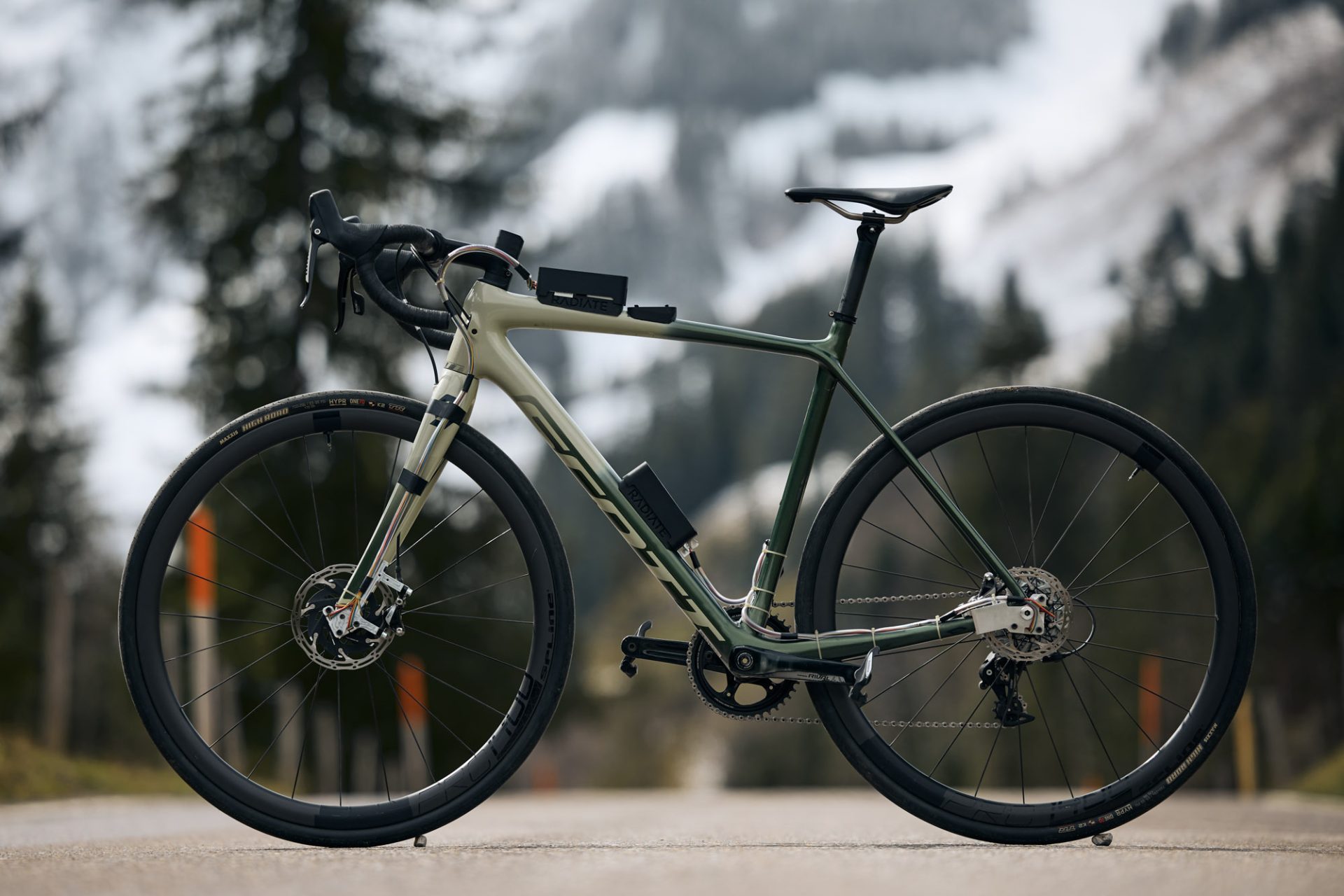
What did you think of this story?
